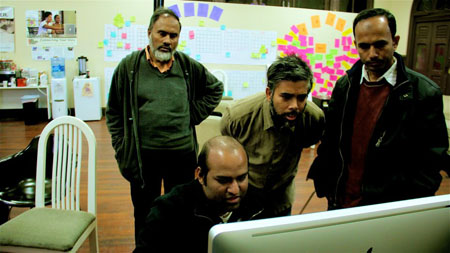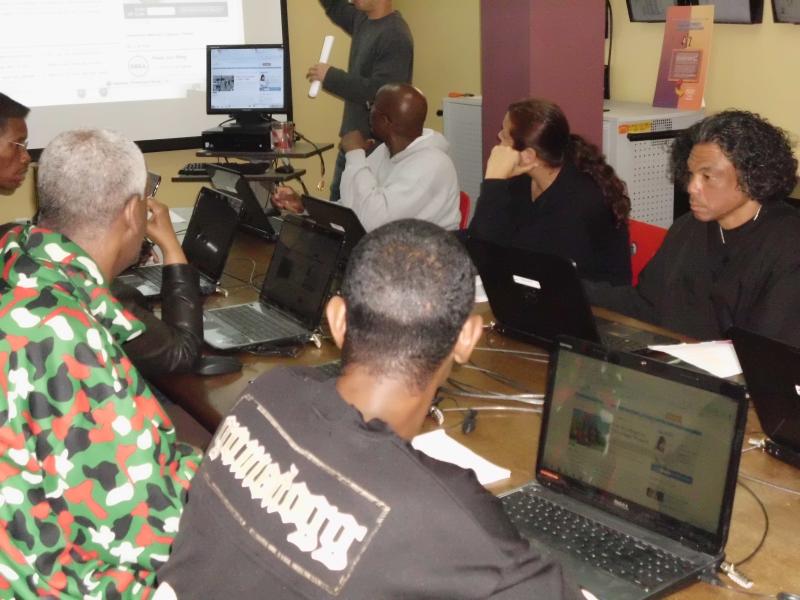Getting Older Americans Online
NTIA's Broadband Technology Opportunities Program (BTOP) is funding innovative programs across the nation that are working to close the digital divide. And a number of those projects are targeting a group of Americans too often left behind by today's fast-moving technology: seniors.
Broadband can improve quality of life for older Americans in many ways. Online videoconferencing technology can allow seniors to see grandchildren who live on the other side of the country. Medical websites can provide easy access to everything from health and wellness tips to information about illness and disease. Telemedicine and remote monitoring can enable elderly patients too frail to travel to consult with doctors at distant hospitals. Social media tools can combat isolation and even serve as a lifeline to the outside world.
What’s more, at a time when many Americans are working into their retirement years, Internet job listings and online employment applications – as well as Web-based training programs and classes - can help seniors retool for today’s economy.
But not enough older Americans are sharing in the benefits of broadband. NTIA, in collaboration with the Census Bureau, conducts some of the most extensive survey work on broadband adoption trends in the U.S. Our most recent published survey, in October of 2010, found that only 45 percent of U.S. households headed by someone 65 or older had broadband. That compares with 72 percent of households headed by someone ages 45 to 64, and 77 percent of households headed by someone ages 16 to 44.
BTOP is helping close this gap. Roughly 20 digital inclusion projects that receive funding through the Recovery Act program provide services targeted at seniors in some capacity. We’d like to tell you about three in particular:




